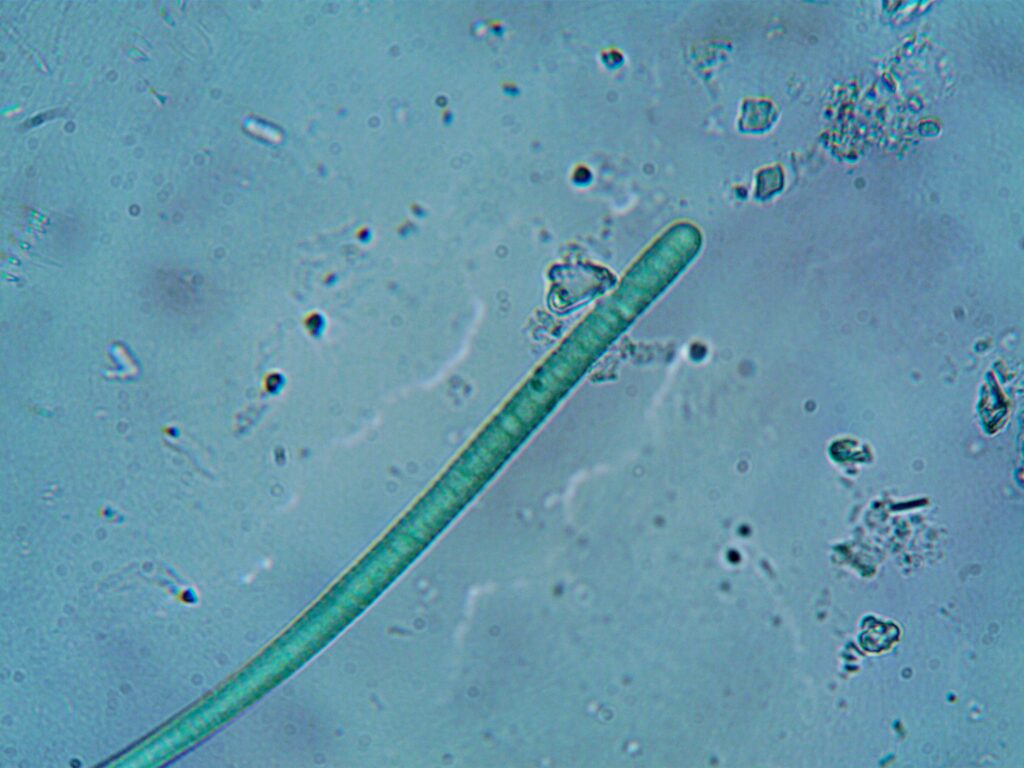Lead in Drinking Water
Learn more about lead and find resources for consumers, schools and public water systems
Lead is not normally found in drinking water at the source. Typically, lead gets into your drinking water from the service lines, plumbing and fixtures that contain lead. As a result of corrosion, lead and other metals from the pipes slowly dissolve into the water. Many factors affect the amount of lead that leaches into the water, including lead content of pipes, fixtures, and solder, along with water temperature, pH and hardness. Lead is associated with adverse health impacts even at low levels, particularly in infants and children.
Lead can cause serious health problems if too much enters your body from drinking water or other sources. It can cause damage to the brain and kidneys and can interfere with the production of red blood cells that carry oxygen to all parts of your body. The greatest risk of lead exposure is to infants, young children, and pregnant women. Scientists have linked the effects of lead on the brain with lowered IQ in children. Adults with kidney problems and high blood pressure can be affected by low levels of lead more than healthy adults. Lead is stored in the bones, and it can be released later in life. During pregnancy, the child receives lead from the mother’s bones, which may affect brain development.
Although most lead exposure occurs when people eat paint chips and inhale dust, or from contaminated soil, EPA estimates that 10 to 20 percent of human exposure to lead may come from lead in drinking water. Lead is rarely found in source water but enters tap water through corrosion of plumbing materials. New brass faucets, fittings, and valves, including those advertised as “lead-free”, may contribute lead to drinking water. The law currently allows end-use brass fixtures, such as faucets, with up to 0.25 percent lead to be labeled as “lead free”. However, prior to January 4, 2014, “lead free” allowed up to 8 percent lead content of the wetted surfaces of plumbing products including those labeled National Sanitation Foundation (NSF) certified. Consumers should be aware of this when choosing fixtures and take appropriate precautions.
When water stands in Lead pipes or plumbing systems containing lead for several hours or more, the lead may dissolve into your drinking water. This means the first water drawn from the tap in the morning, or later in the afternoon if the water has not been used all day, can contain fairly high levels of lead.
Run your water to flush out lead. If water hasn’t been used for more than six hours, run water for 15-30 seconds or until it becomes cold or reaches a steady temperature before using it for drinking or cooking. This flushes lead-containing water from the pipes. The longer the water resides in plumbing the more lead it contains. Flushing the tap means running the cold-water faucet for about 15 to 30 seconds. For residents with a lead service line or until you determine if you are served by one, let the cold water run from tap longer based on the length of the lead service line and the plumbing configuration in your home (about 5 to 8 minutes).
Although toilet flushing or showering flushes water through a portion of the plumbing system, you still need to flush the water in each faucet before using it for drinking or cooking. Flushing tap water is a simple and inexpensive measure you can take to protect your health. Flushing your water only costs approximately $0.03 per flushing event.
Drinking Water Contaminants
There are many different chemicals that can contaminate drinking water in New Jersey. Many are regulated under state and/or federal drinking water standards. Listed below are some contaminants of concern in NJ.
- Benzene
- Copper
- Lead
- PFAS (per and polyfluoroalkyl substances)
- 1,2,3 Trichloropropane
- PCBs
- EDB
- Arsenic
- Cryptosporidium
- Disinfection By-Products
- Mercury
- Nitrate
- Pesticides
- Microorganisms
- Radon
- Perchlorate
- 1,4-Dioxane
Additional Information



